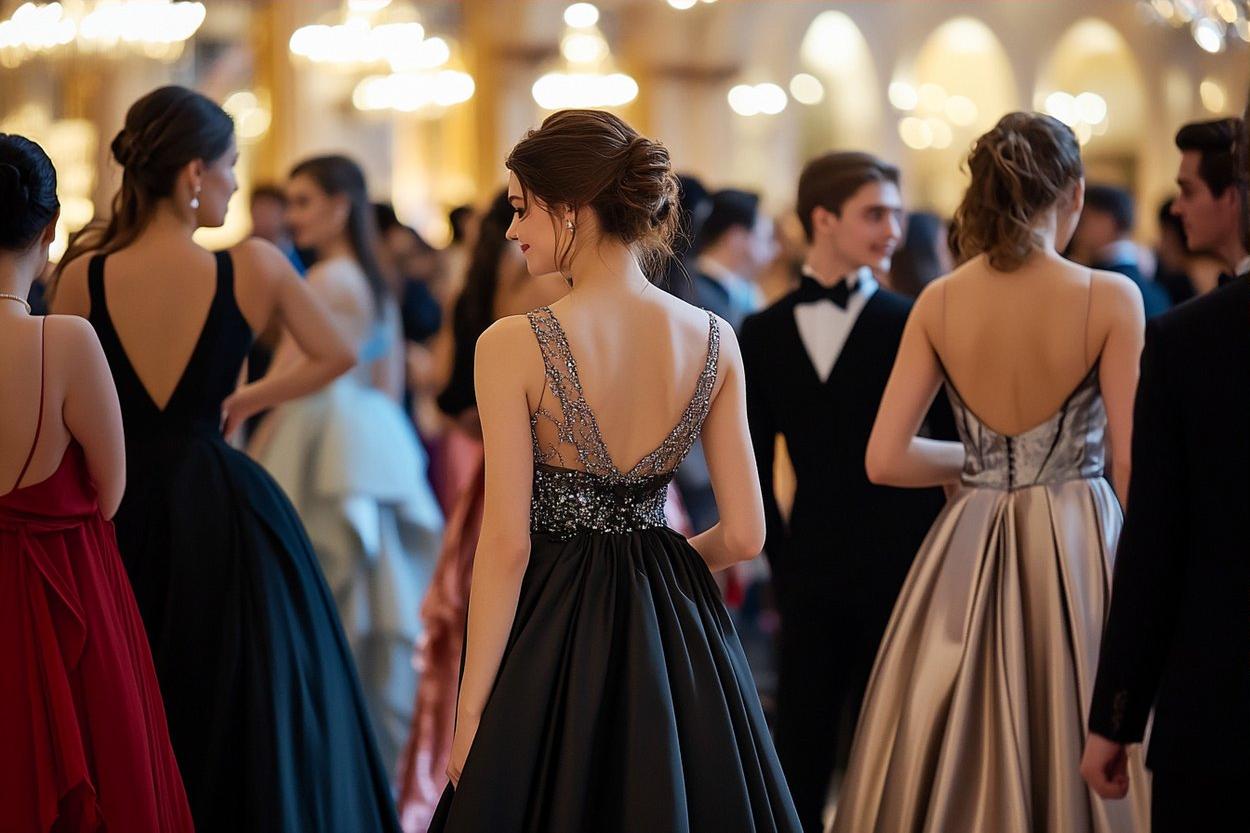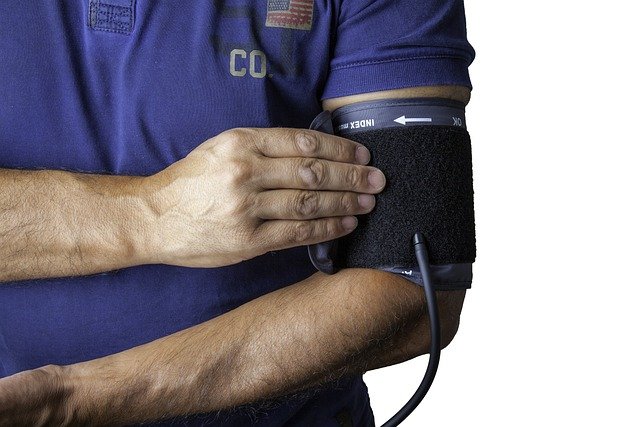Prom Dresses: Choosing Formal Attire with Elegance
Prom is a milestone that blends tradition, fashion, and social ritual. Selecting a prom dress involves more than following trends: it’s about interpreting the tone of the formal event, respecting high school guidelines, and choosing a style that reflects a girl’s personality while maintaining comfort and confidence. Good planning minimizes stress and helps create a memorable evening.

What makes a prom dress suitable for a formal event?
A prom dress for a formal event should balance the event’s dress code with personal style. Formality often calls for structured silhouettes, quality fabrics, and finishes like beading, lace, or satin. Consider length (full-length gowns are common for formal settings), neckline appropriateness, and whether the venue or school has specific rules about strapless or midriff-baring designs. Practical details such as mobility for dancing and climatic considerations (indoor vs. outdoor) also matter.
Think about how the dress will photograph and how embellishments will look under different lighting. Simple, well-tailored styles can be just as fitting as elaborate gowns; the key is coherence with the event’s tone. Bringing a garment bag and planning for alterations ahead of time helps maintain a polished appearance at the prom itself.
How should high school guidelines influence dress choices?
High school policies can vary widely, so checking official guidelines is a practical first step. Some schools publish rules on modesty, hem length, and permitted cutouts; others focus on safety issues like overly long trains or obstructive accessories. Communicating with school staff or reviewing prom materials ensures a chosen dress won’t be disallowed at the venue.
Beyond rules, peer expectations and the school’s overall culture can inform choices. For example, some classes lean toward classic silhouettes while others favor bolder trends. A dress that respects school guidelines and personal values tends to reduce last-minute stress and allows a student to enjoy the evening without worrying about compliance.
How do accessories complement formal attire?
Accessories can elevate or simplify a prom outfit, depending on the desired look. Jewelry, shoes, and clutches should complement the dress’s color and details without competing for attention. For instance, a heavily beaded gown may pair best with understated earrings, whereas a simpler dress can be enhanced by statement jewelry or embellished shoes.
Practical accessory choices matter too: pick shoes that balance style and comfort, and consider heel height for dancing. If the dress requires alterations, coordinate with a tailor to ensure accessories like shawls or belts integrate smoothly. Thoughtful layering—such as a bolero or lightweight wrap—can also adapt a dress to changing temperatures or venue formality.
What factors matter when finding a prom dress for a girl?
When shopping for a prom dress, consider body shape, personal comfort, and lifestyle. A girl who values movement might prioritize stretch fabrics or A-line skirts, while someone who prefers dramatic silhouettes could explore mermaid or ball gown styles. Fit is crucial: a well-fitted dress looks and feels better than one that’s merely on trend.
Budget and timing are practical considerations as well. Begin shopping early to allow for alterations and to avoid rushed decisions. If ordering online, verify return policies and sizing charts. Trying multiple styles—renting, borrowing from local services, or sampling from different retailers—can help clarify which cuts and fabrics feel most authentic.
How can fabric and fit convey elegance?
Elegance in a prom dress often comes from the interplay between fabric choice and a clean fit. Fabrics such as silk, satin, chiffon, and crepe drape naturally and tend to read as refined in photos and low light. Tailoring that follows the body without pulling or sagging preserves a sophisticated silhouette; seams, darts, and properly placed boning all contribute to a stable, elegant look.
Small finishing details—neat hems, quality zippers, and secure embellishments—also signal craftsmanship. Consider how the dress moves: a fabric that flows with motion can look graceful on the dance floor, while structured materials can provide a striking, statuesque presence. Ultimately, elegance is often less about ostentation and more about proportionality, finish, and confidence in wear.
Conclusion
Choosing a prom dress is a personal process that combines event expectations, school guidelines, practical needs, and individual taste. By focusing on appropriate formality, ensuring a comfortable fit, coordinating accessories, and selecting suitable fabrics, a girl can achieve an elegant look that suits both the occasion and her personal style. Thoughtful planning and a few tailored adjustments help make the prom evening as enjoyable and memorable as possible.






